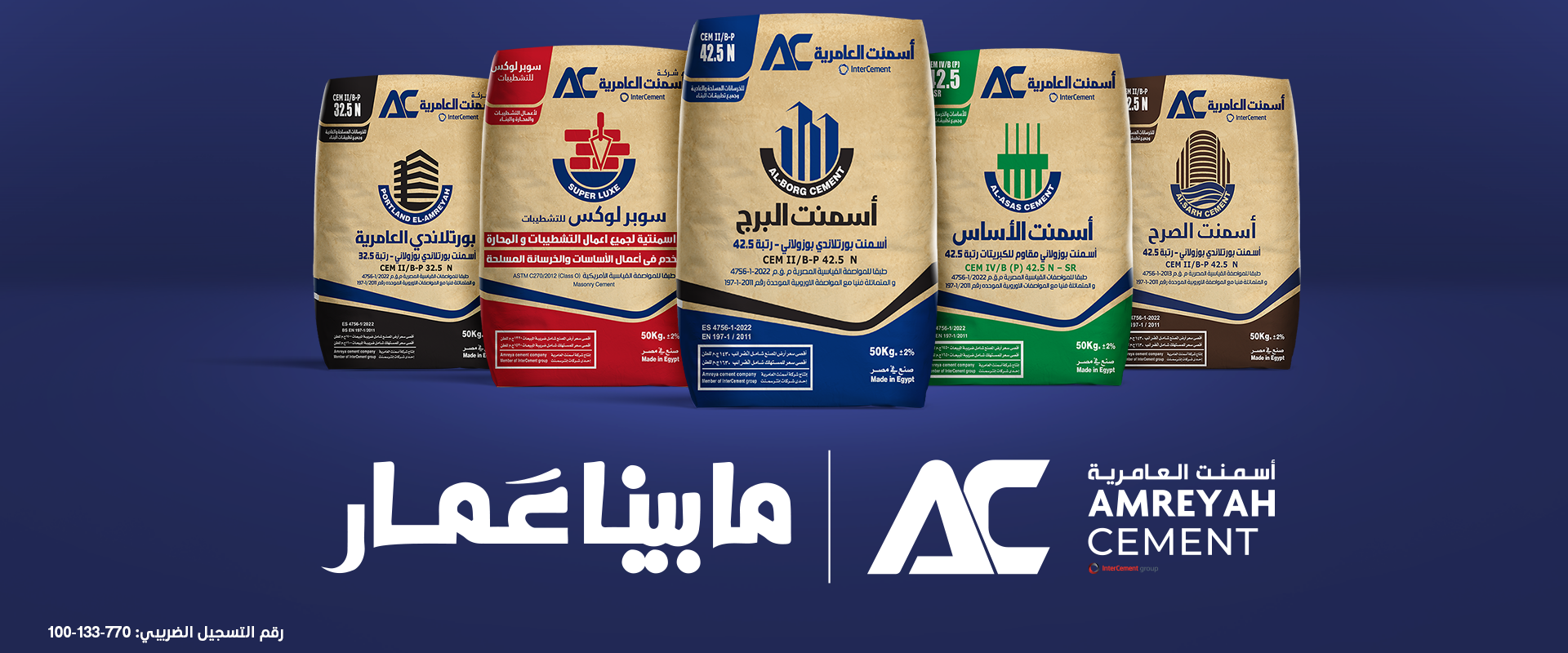Concrete Pavements
Concrete pavement designed firstly in 1893, and then became a science and used for paving highways and airports as well as business and residential streets.
Its most basic form, a concrete pavement is an extruded slab of
Concrete made from cement, aggregate, sand, and water.
As concrete technology has advanced, blended cements or the addition of secondary cementations materials have been used to enhance concrete properties.
To handle heavy loads, reinforcing materials—including steel and plastic fibers—have been used to increase both durability and strength.
Chemical admixtures, which can increase production efficiencies and/or impart desirable performance features, have also used increasingly.
Aggregates are no longer just rock, but may be natural stone, man-made materials, or recycled concrete materials.
These are just a few ways concrete pavements have changed over the years.

Concrete Will Save You Money -Concrete is a competitive material when compared to equivalent asphalt cross sections. With the increased costs of liquid asphalt, concrete not only competes on life cycle cost, but also on a first cost basis. Concrete has been shown to be an excellent alternative when contracts are opened with alternative bidding clauses.
Increased Visibility - Concrete is naturally brighter and more reflective than flexible pavement. This requires less energy to illuminate comparable areas, which is good for the environment, pedestrian safety, and can save on street lighting costs.
Continues to Gain Strength- After its first month in place, concrete continues to slowly gain 10 percent in strength during its life.
Minimal Maintenance Requirements- Concrete pavements provide long-term value because they will frequently outlast their design life expectancy and traffic loads.
Specifying Road Characteristics- Technology in today’s road design and placement equipment allow for owners to specify the ride characteristics of their concrete road. Any future road cut repairs when finished properly, can be completed quickly without affecting ride quality.
Smoother for Longer -The rigidity of concrete pavements allows it to keep its smooth riding surface long after construction.
Variable Design- Concrete pavements can be designed for any load and traffic for streets and roads, parking lots, intersections and entrances.

There are many countries that actually start using the concrete paving such as: - United States of America, Canada, Switzerland, Belgium, etc. As the concrete paving method has proved its strength and efficiency.



 العربية
العربية 









